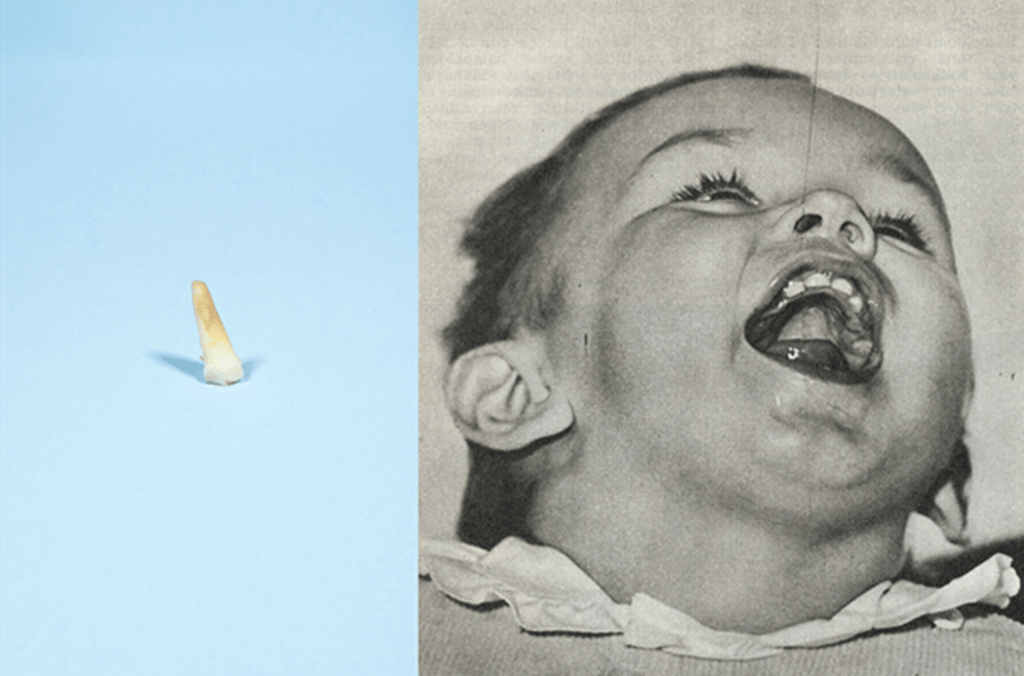

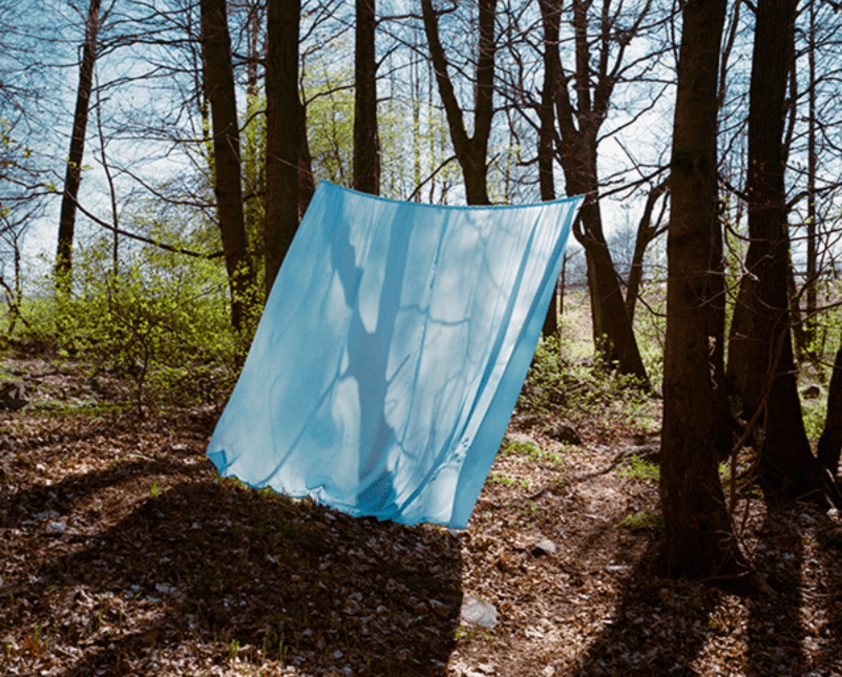
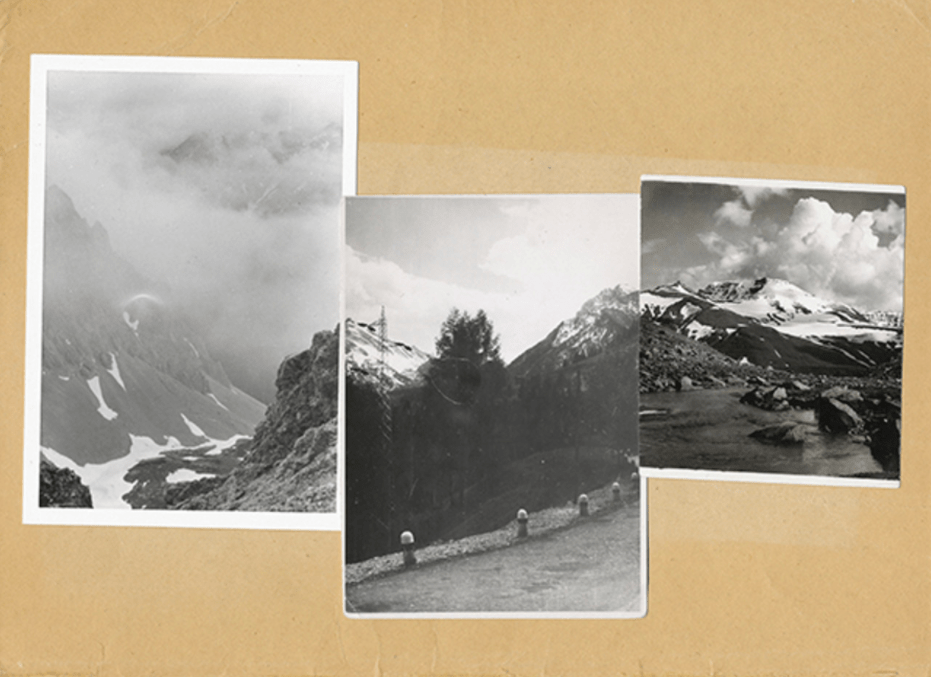
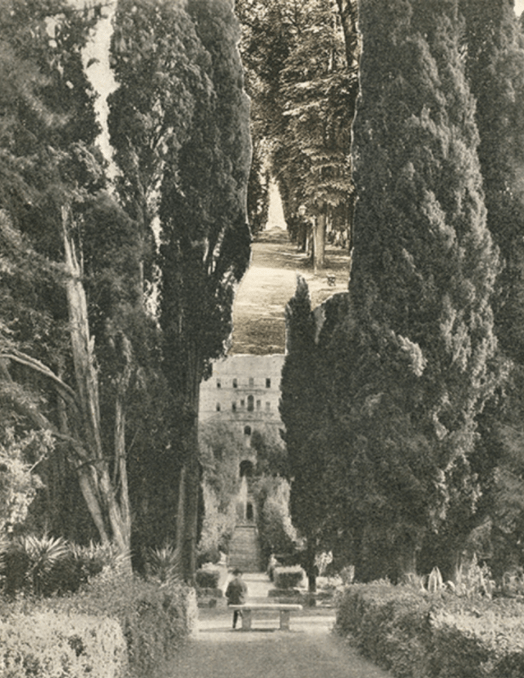
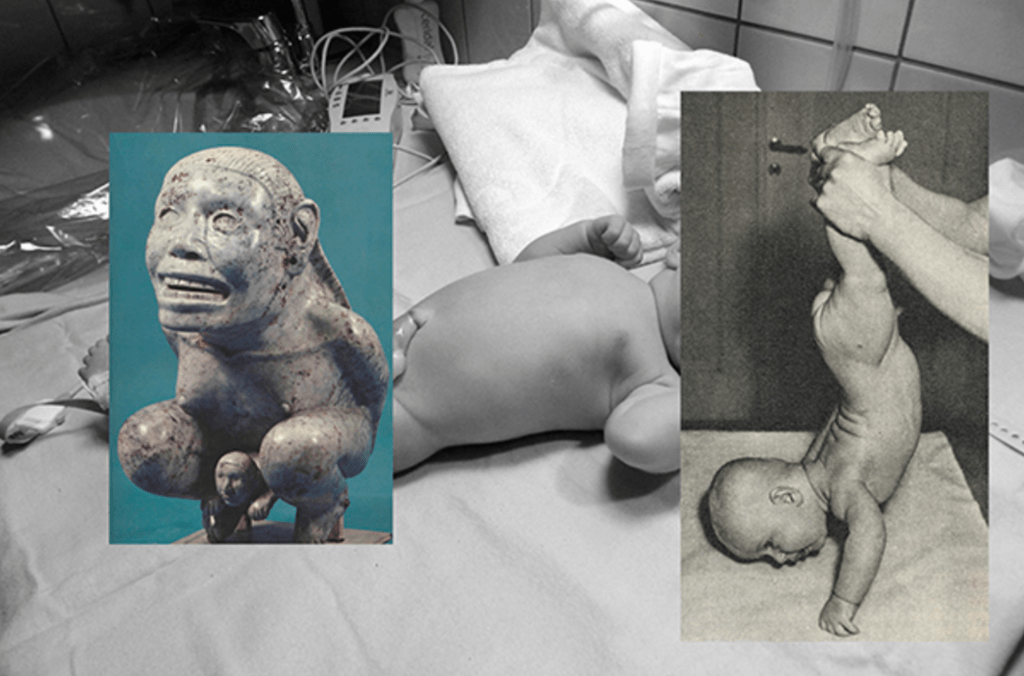
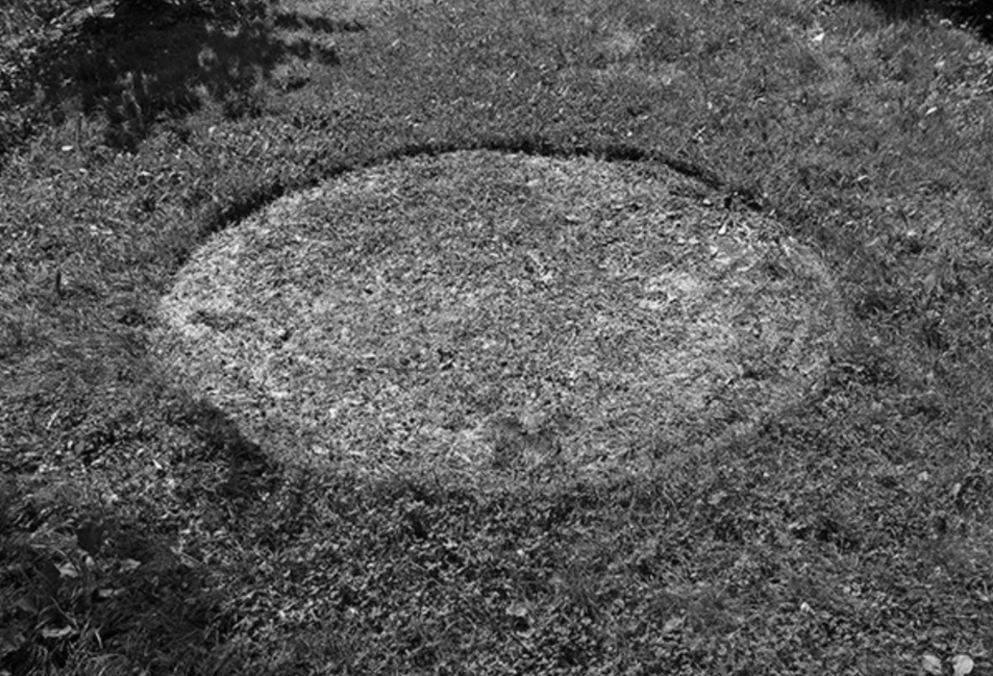
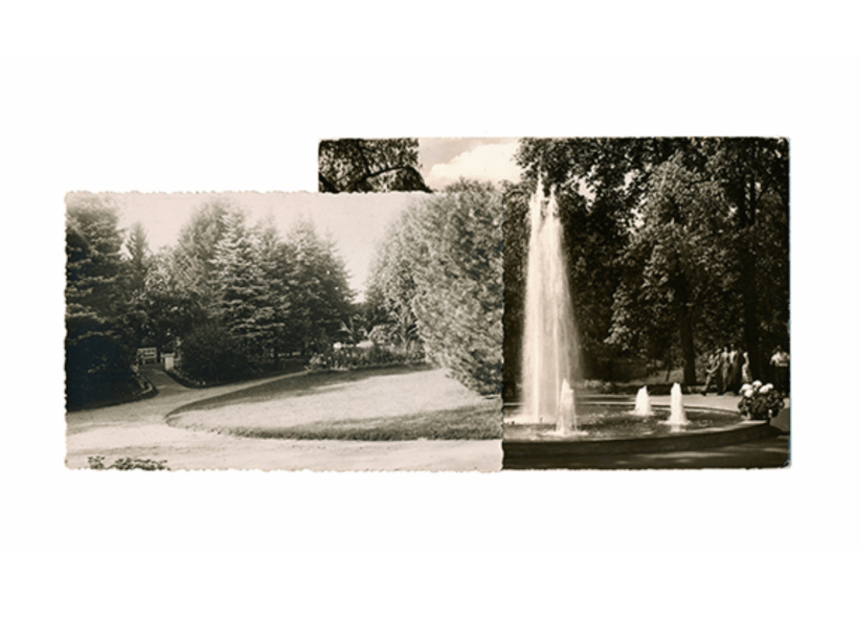
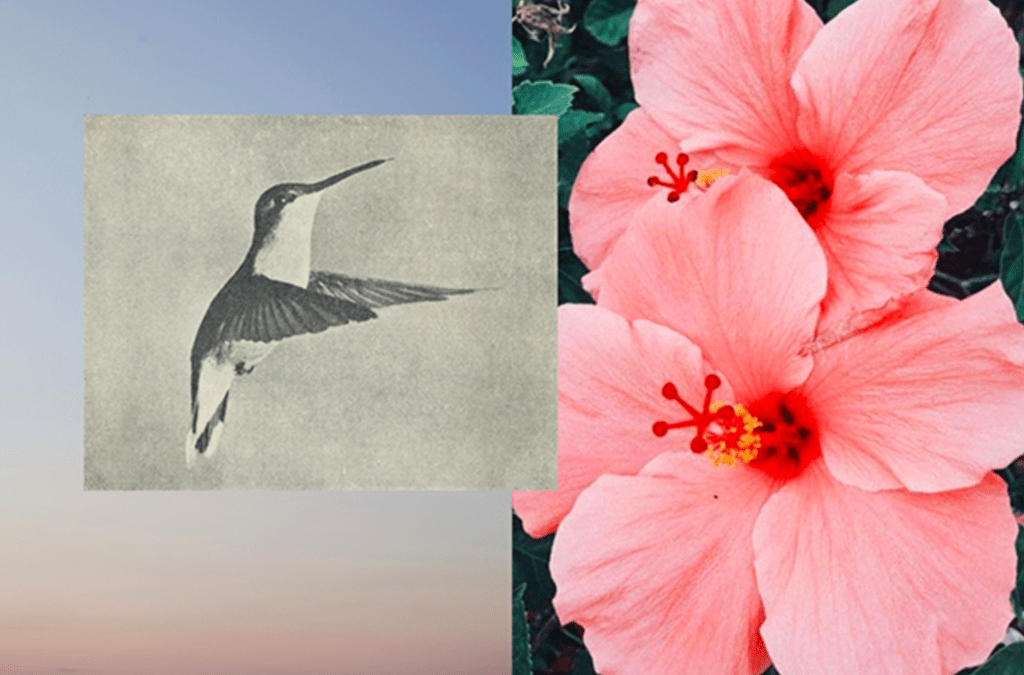


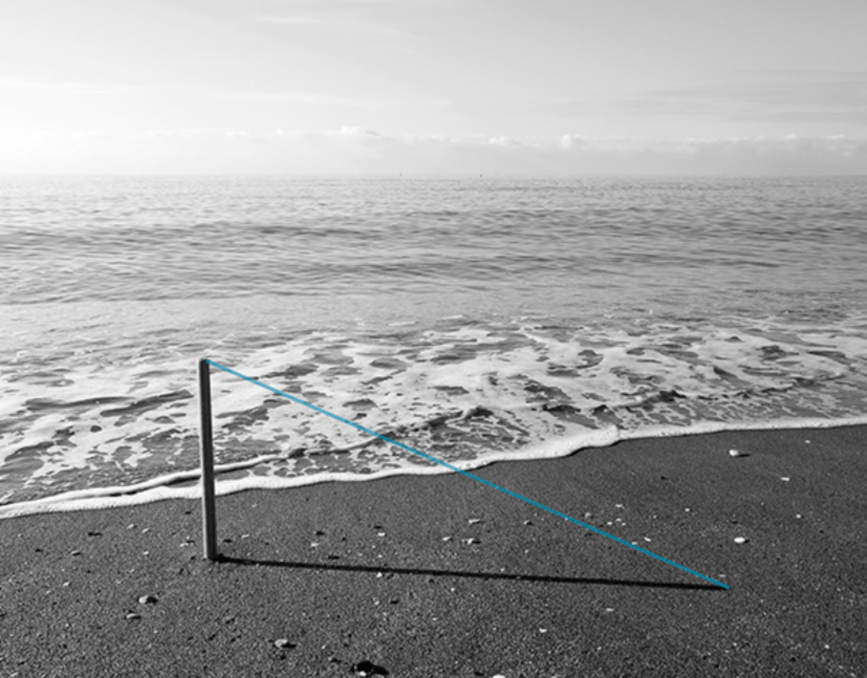
Linda Zhengová
Time Atlas

Cloth hardcover with ribbon bookmark, 17 x 22.5 cm, 288 pages
€48
The art practice of Niina Vatanen (b. 1977, Finland) is based on cumulating layers into her images through painting, cutting, staging and re-photographing. Her latest publication ‘Time Atlas’ (2019) includes playful interventions that highlight the primacy of sight as the inherent aspect of photography. The book attempts to address questions regarding time and our understanding of it. Specifically, “how visual memory, personal experience, and history intertwine.”

Vatanen applies a wide variety of sources, ranging from intimate personal archives to Internet imagery, newspapers, guidebooks, vintage encyclopaedias and manuals. In the book, all these different materials are combined according to the intuitive logic of the artist. That is, the images are loosely categorised.
In terms of the themes covered in the book, one can observe time to be the intertwining factor of various historical events that feature technological progress, human relationship with nature and the changed or unchanged appearance of certain objects throughout time. Time is, therefore, presented as a continuous and never-ending entity.
The publication is referred to as ‘atlas’, but it does not necessarily present maps or charts. Instead, Vatanen’s artistic practice seems more inspired by encyclopaedias, not on providing any kind of clear evidence (as you would expect from an encyclopaedia) but making the sequence function as a creative interpretation of time and its passing. In other words, the images’ hybrid and nomadic essence gives way to the appropriation of their original meaning and with that, their indexicality becomes bend and mystified, paving the way for Vatanen to build another layer of time onto their ‘original’ structure.

The images are therefore transformative and ephemeral. Vatanen re-shapes the notion of time into a scattered, flowing and fragmented entity which is contrary to the common representations of time: in a chronological and linear manner. In such way, these images become isolated from a historical continuum while a newly established order makes them peculiarly present, and their arresting position in the sequence iconic. But the viewer’s sight is always incomplete.
This method of ‘narrative montage’ (as once introduced by Lazlo Moholoy-Nagy in the 1920s and later further shaped by artists such as Hans Peter Feldmann) is highly subjective, and fully controlled by the artist, ultimately reflecting her playful visual intends. Collage, as a technique applied by Vatanen, upholds the establishment of interconnections between subjects, objects, places and situations in unexpected ways. Additionally, by means of layering, the images’ covered and uncovered segments stimulate viewers’ curiosity about what lies beneath their surface – highlighting (and in a way also frustrating) the human need to observe and analyse via sight.

Without added information about the original sources of the images, viewers are provoked to think about what exactly they are seeing, and what it addresses. The lack of captions or titles allows for free stream of associations, indeed. The narrative is, therefore, arbitrary – depending on connotations shaped by our own cultural background, personal encounters, expectations and judgments.